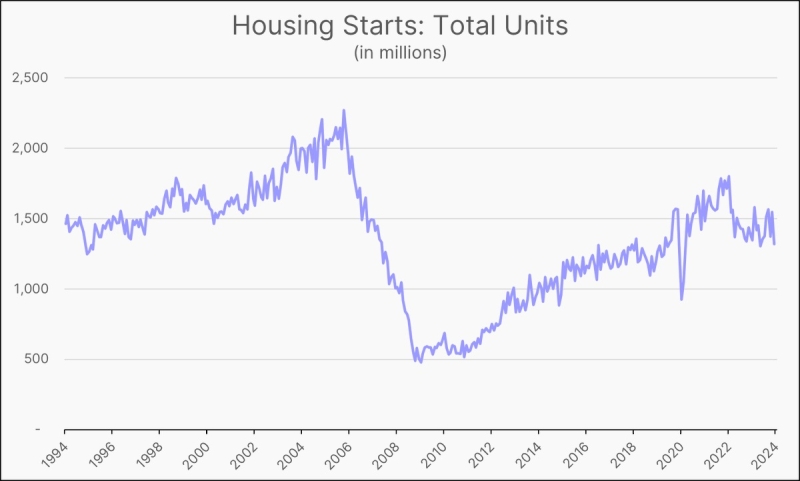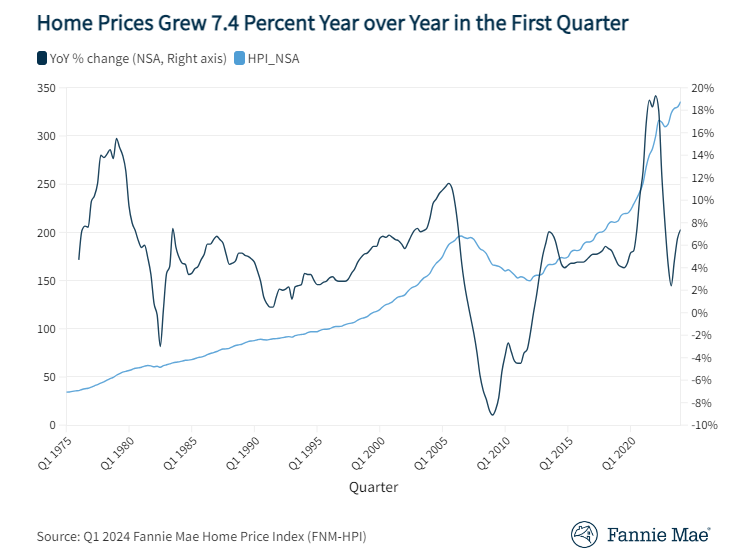Advertisement
Rehab or Sell "As-Is?"

Today’s mortgage lenders and servicers have much in common with medieval alchemists ... but instead of turning common metals into gold, they strive to transform non-performing properties into profitable assets. Properly managing and selling distressed properties is a difficult task, and one that will undoubtedly continue to challenge the industry throughout 2012. It will take 45 months to clear the $384 billion in distressed homes on the market in the U.S., according to a report released by Standard & Poor’s in November 2011.
A chief question for those holding distressed properties: Should these properties be rehabilitated before being placed on the market for sale, or should they be sold "as-is?" It takes a savvy asset manager with a good network of real estate and construction professionals to know when it is worth rehabbing a real estate-owned (REO) property for the greatest return-on-investment (ROI).
Often, properties are needlessly sold in “as-is” condition when they would fetch a considerably higher price with some rehabilitation work. The average pricing for distressed property was substantially lower than for non-distressed property, according to Campbell/Inside Mortgage Finance HousingPulse Tracking Survey released in late December. Non-distressed properties sold for an average of $258,900 in November, the survey showed. The average short sale sold for $209,000, while the average move-in ready REO sold for $189,700. As would be expected, the average sale price for a damaged REO property was well below at $98,600, according to the HousingPulse survey.
Clearly, repairs and renovations to make a home “move-in ready” can make a big difference in the selling price. Companies that specialize in buying distressed assets, rehabilitating them and selling them quickly can make substantial profits. Outsource professionals, such as asset management companies that specialize in all aspects of REO management, are especially adept at knowing when and where to rehab properties for their clients. They realize that ROI is individual to each property and market, and that there are times when a more extensive rehab will yield a greater return.
It’s a delicate balancing act, as more extensive rehabs can take longer to complete and have the potential to increase the holding period. So, what sorts of things should be considered when deciding whether to rehabilitate a property, or to sell it as-is? And, when does it NOT make sense to rehabilitate a property?
The following are some of the main factors to be considered:
Location
The old real estate adage, “Location, location, location” holds especially true in the distressed property management business. Where is the property located? If it’s in a desirable area, typically it makes sense to do some rehab before putting it on the market to sell.
Some of the factors to consider when determining whether a location is desirable are: Is the homeownership rate greater than 50 percent? What is the percentage of households with children? What is the education level of the residents? What is the average annual income of the residents? Answers to those questions can help establish whether to rehabilitate houses in a particular neighborhood or area.
There are certain areas of the country where it just doesn’t make sense to rehabilitate a home. Parts of Detroit, Los Angeles and some Cleveland neighborhoods are so rundown and crime-ridden that theft and vandalism often ruin any attempts made at repair. Short of putting an armed guard or a trained guard dog on a property 24 hours a day, it’s difficult to protect properties in these neighborhoods, so lenders or servicers would be wasting their money on repair and rehabilitation costs.
Natural disasters
When a natural disaster, such as a hurricane or tornado occurs, there are often insurance funds available for repairs. It makes perfect sense to use the insurance proceeds to repair the properties and improve the neighborhood. In some cases where a settlement has been announced, there are pools of funds available for repairs.
For example, in late December, there was a settlement announced that allows for the repair thousands of homes with Knauf Plasterboard Tianjin drywall that was manufactured in China. A fund will be created with up to $1 billion to cover the defective drywall repairs at Knauf’s expense. Most of the homes are in Florida and Louisiana, with some located in Mississippi and Alabama.
In those states, large quantities of defective Chinese-made drywall were imported during the housing boom and after a string of Gulf Coast hurricanes. After the housing bubble burst, lenders and servicers found themselves holding many distressed properties in those Southeast states with the defective drywall, which typically requires a costly repair or replacement.
Asset managers had little choice but to sell these toxic non-performing assets in “as-is” condition as the cost of remediation protocols was too prohibitive. Last year, a much less invasive and more cost-effective solution for drywall remediation was brought to the market. By spraying a specially-formulated foam-type biochemical into damaged areas, a newer “in-situ remediation” technique is providing a long-term remedy for the odor and the damaging effects of the airborne emissions from defective drywall.
The development of the in-situ drywall remediation technique is a great example of how a resourceful solution can make rehabilitation of damaged properties feasible. Distressed properties that were previously deemed too expensive to repair are now being upgraded to “move-in” condition efficiently, with costs kept to a minimum.
Target market
Is the target market comprised of owner-occupants or investors? If the goal is to reduce turn times and get the asset off the books, the target market would be a cash buyer, which is almost always an investor. If the repairs are extensive and may require an extended hold time, which translates into money, the target market may, again, be the investor.
On the other hand, preserving properties is good for neighborhoods, so if the goal is to keep the community intact, then owner-occupants would be the target market. Often, the underwriting and investor guidelines will dictate whether repairs need to be made. For example, the Federal Housing Administration (FHA) requires that the property be in acceptable condition and pass an FHA inspection in order to qualify for FHA financing.
So, when targeting first-time homebuyers or buyers who may be eligible for an FHA mortgage, rehabilitating the property is generally called for. The property will need to meet the minimum standards set by the FHA in order to qualify for FHA funding.
Rehabbing helps restore neighborhoods
In addition to the obvious benefit of repairing or rehabilitating a property—an increased selling price—there are a few other advantages. From a societal perspective, fixing up vacant or rundown properties helps preserve neighborhoods. Rehabilitated homes are generally sold to owner-occupants, which helps bolster the integrity of a community.
Lawmakers are taking note. As legislators at all levels of government work to combat crime, blight and other threats to the health and safety of their citizens, they are starting to look to the owners of distressed and vacant properties for answers. Chief among their questions: What is being done to preserve communities?
Lawmakers see vacant properties with maintenance and safety issues as a haven for drug houses and prostitution, and the longer a property remains vacant, the more apt it is to invite crime and vandalism. Repairing and selling the properties can help breathe new life into potentially dangerous areas.
As communities continue to struggle with growing inventories of vacant properties, the trend for legislators to hold property owners accountable will grow. Consider the State of California’s probe into the handling of foreclosed properties by the government-sponsored enterprises (GSEs). In late December, California Attorney General Kamala D. Harris filed a lawsuit against Fannie Mae and Freddie Mac over mortgage and foreclosure problems in the state. AG Harris is investigating Freddie Mac’s and Fannie Mae’s involvement in 12,000 foreclosed properties in California where they serve as landlords. The lawsuit also asks the GSEs to reveal whether they have information on the decreased value of those homes due to drug dealing or prostitution, as well as explosives and weapons found on those vacant properties.
New laws are also taking effect at the local level. Banks that own vacant or dilapidated properties in Las Vegas could face fines or jail time under a foreclosure ordinance approved by the city of Las Vegas in December. The ordinance requires banks to list empty, foreclosed properties on a registry and contains misdemeanor penalties for allowing a property to fall into disrepair.
There’s no doubt that the world of distressed asset management has changed dramatically in the past few years. Savvy property owners and asset managers realize that simply crunching numbers on a spreadsheet is not enough anymore. A new and more creative approach to dealing with non-performing assets is called for—one that meets the needs of the owner or investor of the property, while still helping to foster stable and safe neighborhoods. Doing so is important to the health and recovery of the housing market, and the economy overall.
Cheryl Lang is president and chief executive officer of Integrated Mortgage Solutions, a Houston-based provider of collateral protection resources for the mortgage servicing sector. She may be reached by phone at (281) 994-4538 or e-mail [email protected].
About the author





